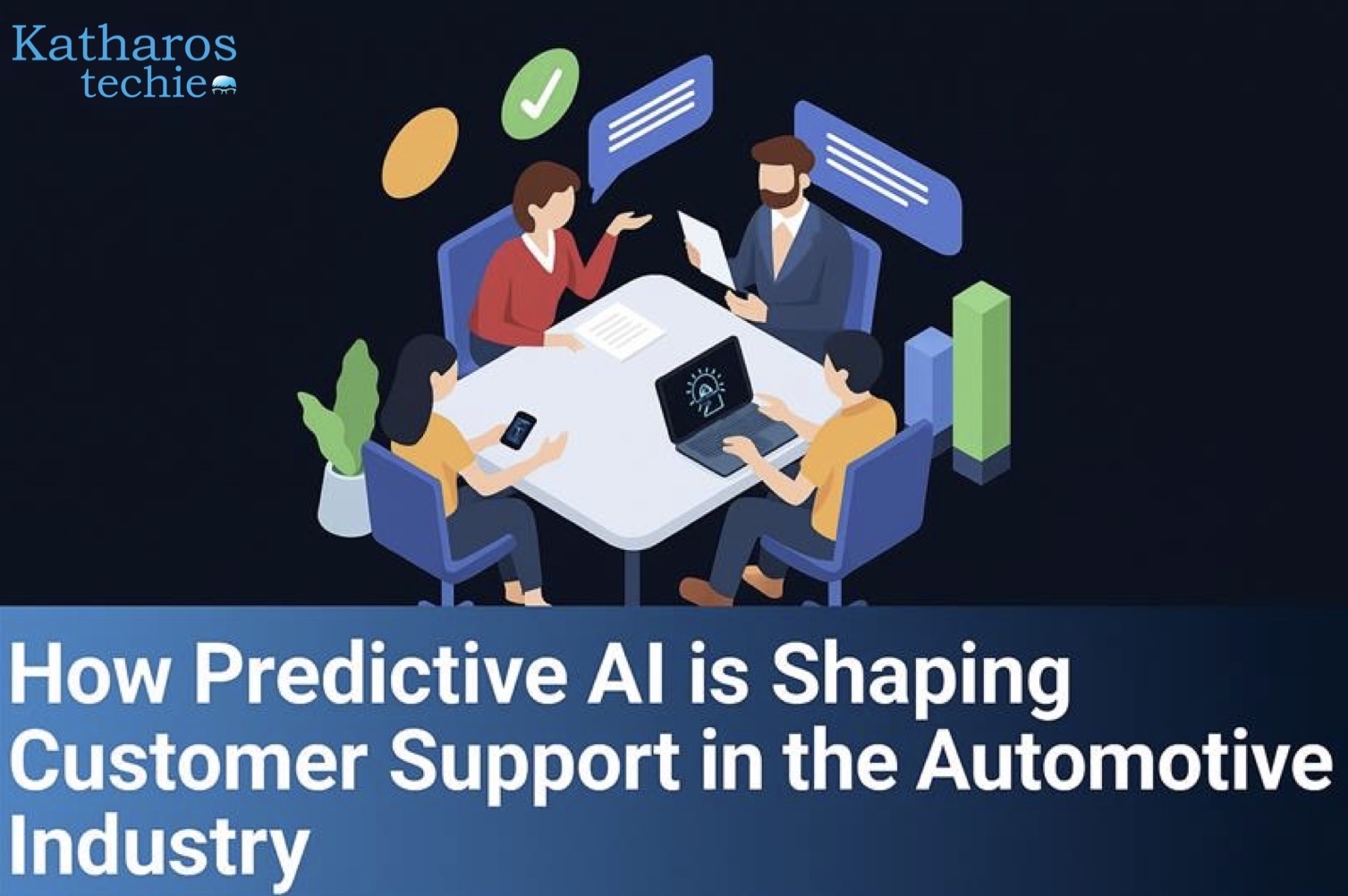
Navigating India’s Techno-Legal AI Regulation
By Gauri Kulkarni

Imagine piloting a speedboat through choppy waters—exciting, but fraught with risk. That’s the world Indian CIOs are in today: riding the wave of AI innovation amid increasingly complex laws. From data protection to ethical guardrails, the techno-legal landscape of AI in India is evolving fast, and it is time to chart a course.
1. Why CIOs Should Pay Attention (and Fast)
CIOs aren’t just tech leaders—they’re legal sentinels. Here’s why:
- Compliance is non-negotiable: AI deployments must align with the IT Act, DPDP Act (2023), MeitY advisory, and upcoming Digital India Act guidelines
- Ethical accountability: Algorithmic bias, transparency, and unfair outcomes are on regulator radars.
- Global and local alignment: India is part of global standards (GPAI, IndiaAI Safety Institute), while state governments—like Odisha—are rolling out AI cell initiatives.
For CIOs, AI compliance in India isn’t optional—it’s foundational.
2. The Toolbox: What’s on the Regulatory Workbench

Let’s unpack the legal gear affecting interdepartmental AI workflows.
a) IT Act + MeitY Advisory
The 2000 IT Act governs the use of intermediaries and online content. In 2024, MeitY issued a precautionary advisory requiring firms to ensure fairness, prevent bias, and label AI-generated content.
b) DPDP Act (2023)
India’s first comprehensive data protection act, the DPDP, requires consent, breach notification, and data localization—impacting any AI solution that processes personal data.
c) Emerging AI-centric frameworks
- Digital India Act: Draft proposals for regulation of “high-risk AI systems” are in discussion.
- India AI Safety Institute: MeitY, UNESCO, industry all on board to set AI safety and ethics standards
- State initiatives: Odisha’s 2025 Policy, AI officers, and task forces are early test cases.
3. Three-Step CIO Action Map: From Awareness to Activation
CIOs can break the roadmap into three clear phases:
1: Know Your Regulatory Terrain
- Conduct a risk-based AI audit across existing systems.
- Evaluate AI models for bias, transparency, safety, and data usage.
- Align AI deployment plans with the DPDP Act’s consent, storage, and disclosure rules.
2: Architect Tech + Policy
- Build algorithmic accountability frameworks: model documentation, audit trails, fairness testing, and human-in-the-loop systems.
- Implement AI governance boards comprising legal, data science, ethics, and compliance teams.
- Map pipeline tech to law: label AI-generated outputs, maintain data lineage, log interactions, and document drift monitoring.
3: Scale & Embed
- Train staff on AI ethics, DPDP requirements, and responsible use.
- Pilot AI projects under oversight; scale high-risk systems only post-approval.
- Conduct periodic audits, reassessing risk, bias, and privacy.
- Maintain transparent disclosures for users, partners, and regulators.
4. CIO Spotlight: Odisha’s AI-Powered Governance
Odisha’s new AI Policy—2025 is a compelling case study:
- Created an IndiaAI Mission cell to coordinate across departments.
- Deploys Certified AI Officers in each department
- Built four pillars: infrastructure, upskilling, energy sustainability, and legal frameworks.
CIO takeaway: India’s states are piloting a decentralized, regulated adoption of AI. National CIOs can learn from these localized, structured initiatives.
5. Common Pitfalls CIOs Should Dodge
Even well-meaning leaders can slip. Watch out for:
| Pitfall | Why it’s risky | How to avoid it |
| “Black-box” AI models | The DPDP act mandates explicit consent and data logs. | Underdocumented AI = Lack of traceability/audit |
| Consent bypass | Enforce explainability, logs, and bias reviews | DPDP act mandates explicit consent and data logs. |
| One-time audits | Design consent flows for AI data; archive approvals. | Schedule periodic algorithm audits and contextual reviews |
| Voluntary only | Regulations expect ongoing compliance. | Advisory expects active implementation. |
6. Bonus Round: SEO-Friendly Tip for CIOs
It may seem odd—but using AI in SEO internally shows alignment to data governance. Indian businesses use AI-based SEO automation, like keyword and meta tag generation, while staying compliant with privacy norms. It’s a subtle proof point that your AI automation is both smart and secure.
7. Future Roadmap: What’s Next on the Regulatory Horizon?
Global Collaboration & Policy
At G20 events and GPAI discussions, India’s leaders advocate for global AI standards—drafted by MeitY and supported by FM Sitharaman. The national vision is becoming a global strategy.
AI Safety Standards & Ethics Board
The IndiaAI Safety Institute is expected to release risk-assessment frameworks, certification criteria, and ethics toolkits by 2025.
Copyright & IP in AI
A central panel is reviewing whether the 1957 Copyright Act protects AI-generated content—potentially redefining training data ownership and compliance.
8. Final Thoughts: CIOs as Tech-Legal Navigators
For CIOs, the AI journey in India is not just about implementation—it’s about instilling trust:
- Navigating a fragmented but evolving AI regulation landscape.
- Balancing rapid innovation with ethical and legal guardrails.
- Positioning CIOs as trusted stewards of data-driven change.
Embrace that dual role—innovator and compliance leader. By embedding algorithmic accountability, privacy-by-design principles, and continuous oversight, CIOs can transform complex techno-legal challenges into strategic business advantages.
Also read: https://katharostechie.in/ai-governance-platforms-ensuring-ethical-and-responsible-ai/